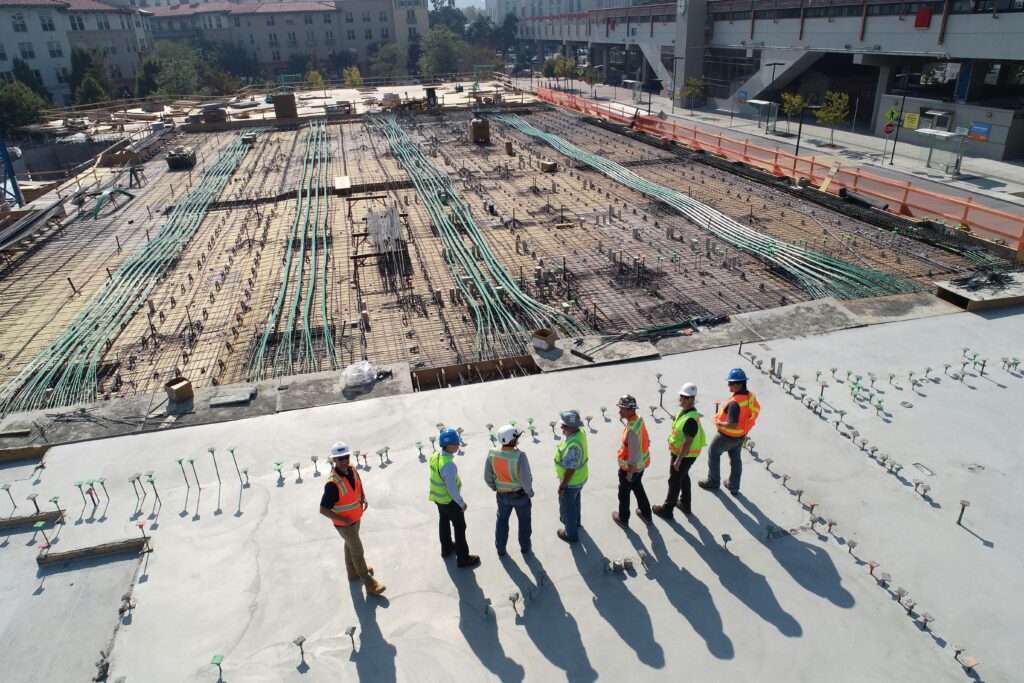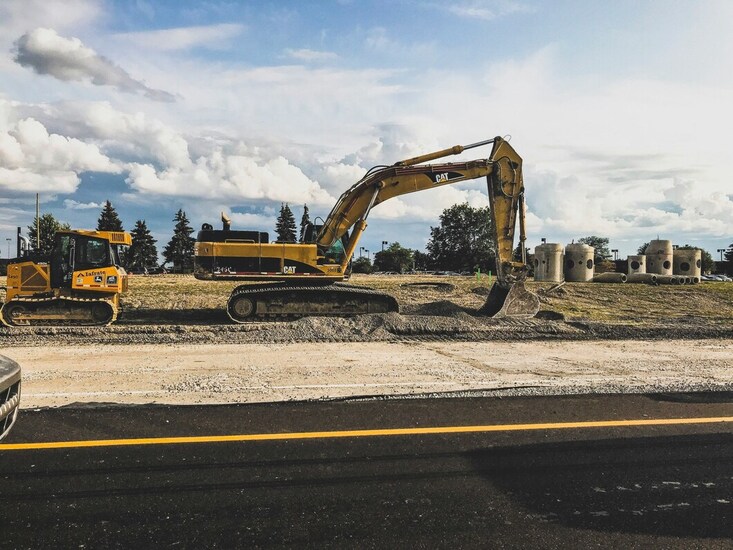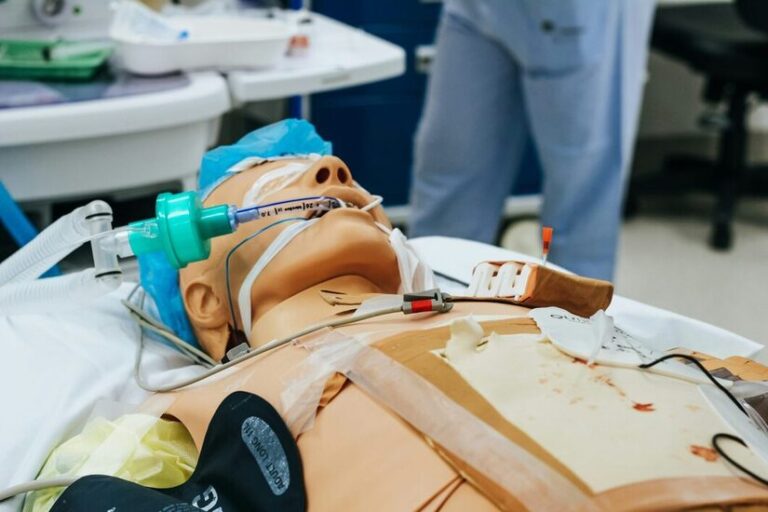Spatial reasoning is the ability to visualize and understand the relation between objects and space. Whether you’re reading a map, designing a room, or figuring out how to fit furniture into a tight spot, strong spatial reasoning plays a crucial role in navigating the world.
Surprisingly, one of the most effective ways to improve this skill is through learning construction. While many people associate construction with hands-on labor, the cognitive benefits go far beyond just building blocks and structures.
In this blog post, you will be able to know how learning construction helps develop spatial reasoning and how it shares a surprising connection with origami.
What Is Spatial Reasoning?
Spatial reasoning refers to the mental ability to visualize and manipulate objects in three-dimensional space.
It’s the study of how different elements fit together, how they move relative to one another, and how they will look from different perspectives.
Think of it as the mental map that helps you visualize how things fit together or how to move through a space.
This skill is important for architects, engineers, surgeons, and even artists to perform their jobs effectively.
For example, an architect should have the ability to imagine how a building will look when completed, while an engineer needs to understand how parts will fit together before they’re built.
But you don’t need to be in a specific profession to benefit from spatial reasoning, learning construction can help anyone improve these skills.
How does Construction Help To Build Spatial Reasoning?
There are a lot of ways learning construction can help you master spatial reasoning. Some of them are mentioned below:
1 - Visualizing 3D Spaces
In the construction field, workers, and other professionals work closely and constantly engage with the plans, diagrams, and blueprints. This also justifies why most contractors and site owners see the blueprints the minute they step out of their car and analyze what’s done and what needs to be fixed!
However, the blueprints and diagrams show the two-dimensional representation of a gray structure which later builds up in three dimensions. The ability to understand and manipulate these representations accordingly is an important part of spatial reasoning.
Consider it as more of a brain exercise to improve your brain’s ability to see objects at different levels and angles.
2 - Understanding Scale And Proportions
Scale is the second important thing in the construction field that should be precise. To understand different elements such as the measurement of doorways, room, distance between the walls, and the height of the ceiling, learning the precise measurements of scale and proportion is important.
Try being good with the numbers. Read and execute the measurements from the blueprints and train your mind in a way that judges and assesses the size, distance, and proportion.
The best thing about spatial reasoning is that it can be used for various purposes:
However, the blueprints and diagrams show the two-dimensional representation of a gray structure which later builds up in three dimensions. The ability to understand and manipulate these representations accordingly is an important part of spatial reasoning.
Consider it as more of a brain exercise to improve your brain’s ability to see objects at different levels and angles.
- Balancing the size of appliances in your kitchen
- Installing cabinets and counter space
- Setting up an in-wall wardrobe
And stuff like that!
3 - Understanding Patterns & Symmetry
Pattern recognition is an important element for developing strong spatial reasoning. In the construction work, workers have to identify the same structures, alignments, and symmetrical patterns again and again.
With this help, contractors ensure that there aren’t any flaws in the design and it’s smoothly executed like on a blueprint. So, if you’re laying bricks, designing a floor, or doing anything else, symmetry and pattern recognition impact a lot on the aesthetics and design structure support.
Once you step into the field and learn the pattern recognition, you can:
- Improve your accuracy in measurements and placements
- Take help for cognitive development to brainstorm ideas for understanding spatial activities
- Working efficiently by recognizing the familiar structures and adjusting accordingly
- Not making costly mistakes by spotting misalignments.
4 - Adjusting To Complex Spatial Challenges
Construction sites are unpredictable, requiring workers to think critically, adjust to dynamic environments, and visualize solutions before executing. Spatial reasoning plays a major role in navigating these challenges, especially when dealing with:
- Tight spaces where movement and material handling are restricted.
- Structural modifications that require adapting existing blueprints.
- Unexpected obstacles like uneven terrain or changing project requirements.
By refining spatial awareness, construction professionals become more adaptable, making faster, more accurate decisions on-site.
5 - Improving Hand-Eye Coordination & Accuracy
Spatial reasoning isn’t just about visualizing spaces, it also requires accurate physical execution. Construction demands strong hand-eye coordination, where workers must align materials, measure distances, and handle tools with precision.
For example:
- Carpenters need to saw, drill, and assemble structures with millimeter accuracy.
- Bricklayers must align bricks perfectly to maintain structural integrity.
-
Electricians work with intricate wiring layouts, requiring steady hands and keen spatial awareness.
Developing these skills takes time, but repetitive practice and targeted training help improve coordination. Simulation training can accelerate this process by providing a risk-free, interactive environment where trainees refine their hand-eye coordination through virtual, hands-on tasks.
How Simulation Training Helps In Spatial Reasoning?

While hands-on experience is necessary, simulation training provides a structured way to develop spatial reasoning skills faster and with greater precision. It allows learners to practice complex spatial tasks in a virtual environment, where they can experiment, make mistakes, and refine their abilities without real-world risks.
Through realistic 3D models, virtual job-site walkthroughs, and interactive training exercises, simulation training helps learners:
- Visualize blueprints in a dynamic, real-world setting before actual construction.
- Improve depth perception, scale accuracy, and material placement skills.
- Develop confidence in navigating confined spaces and problem-solving on-site.
- Receive instant feedback to correct errors and enhance decision-making
TradeFox Construction Simulations: A Smarter Way To Train
The TradeFox construction simulation training program is specifically designed to help workers strengthen their spatial reasoning in a practical, risk-free setting. By engaging with real-world construction scenarios, trainees gain hands-on experience in:
- Understanding project plans with greater clarity.
- Moving through construction spaces efficiently.
- Ensuring accurate placement and alignment.
Bottom Line
Spatial Reasoning is an important skill for professionals like doctors, engineers, and construction workers. It helps in visualizing, measuring, and executing the task which comes in handy for 3D structures and pattern recognition.
With the advanced technology of simulation training, you can get hands-on experience and learn spatial reasoning in a risk-free environment




